Exploring a Middle Eastern grocery store is like embarking on a culinary adventure. These stores offer a variety of unique pantry staples that are integral to the vibrant and diverse flavors of Middle Eastern cuisine. Each item has its own story and use, from aromatic spices to rich oils. Here, we delve into 13 must-have pantry staples that you should look for when visiting a Middle Eastern grocery store.
Za’atar
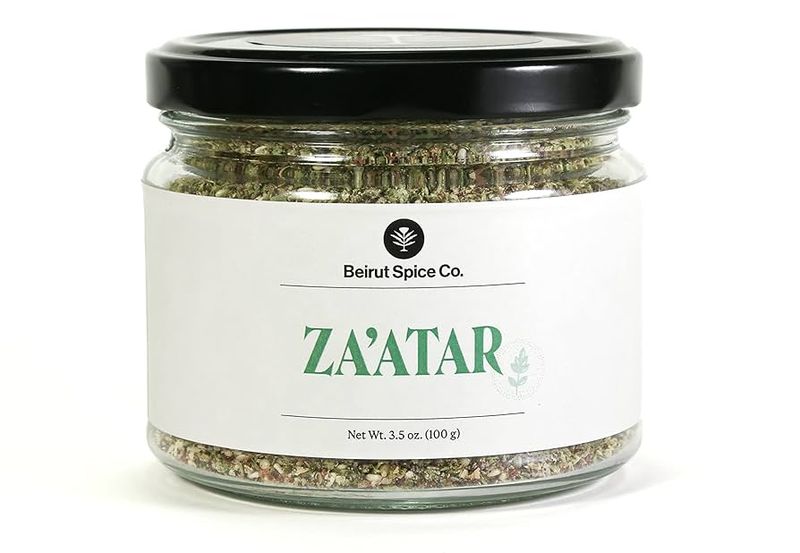
Za’atar, an aromatic blend of thyme, sumac, and sesame seeds, is a staple in Middle Eastern kitchens. Its tangy and nutty flavor enhances a variety of dishes.
This versatile spice mix can be sprinkled over hummus, mixed with olive oil for a flavorful dip, or used as a seasoning for roasted vegetables and meats. Its unique taste brings a burst of flavor to any meal.
Fun Fact: Za’atar has been enjoyed for centuries and is often associated with traditional Lebanese and Palestinian cuisine.
Olive Oil
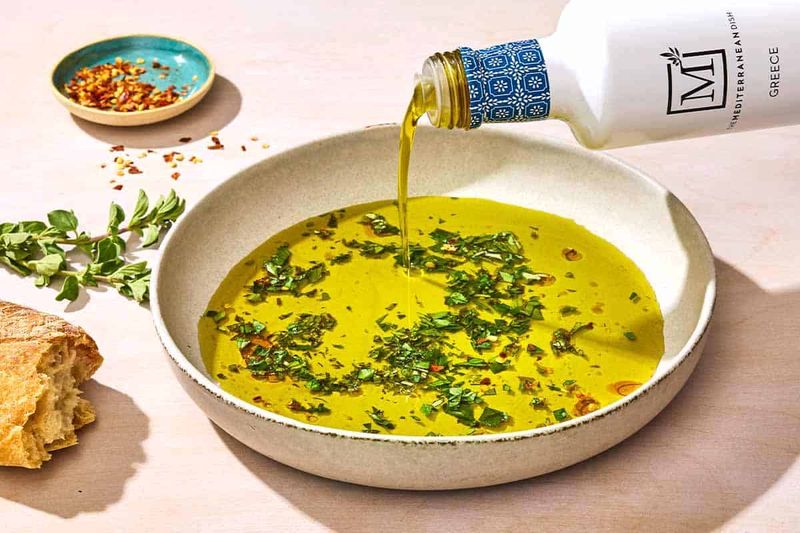
Olive oil is a cornerstone in Middle Eastern cooking. Its rich, fruity flavor is perfect for dressing salads, cooking, or dipping bread.
Known for its health benefits, olive oil is high in monounsaturated fats and antioxidants. It’s a staple that brings a touch of the Mediterranean to home kitchens.
Did you know? Olive trees can live for hundreds of years, and the oil is often considered liquid gold in many cultures.
Tahini
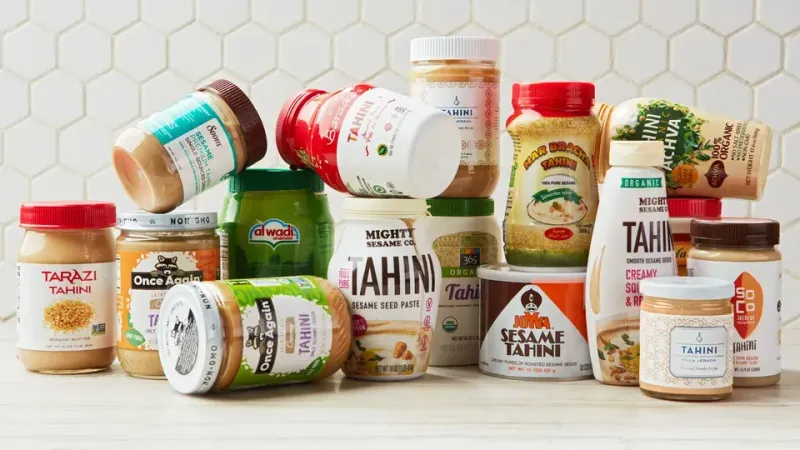
Tahini, a creamy paste made from sesame seeds, is a must-have for any Middle Eastern cuisine enthusiast. It’s the key ingredient in hummus and baba ganoush.
Its nutty flavor and smooth texture make it perfect for dressings, dips, and even desserts. Tahini’s versatility is truly remarkable.
Fun Fact: Tahini has been used in Middle Eastern cooking for centuries, providing a rich source of protein and healthy fats.
Pomegranate Molasses
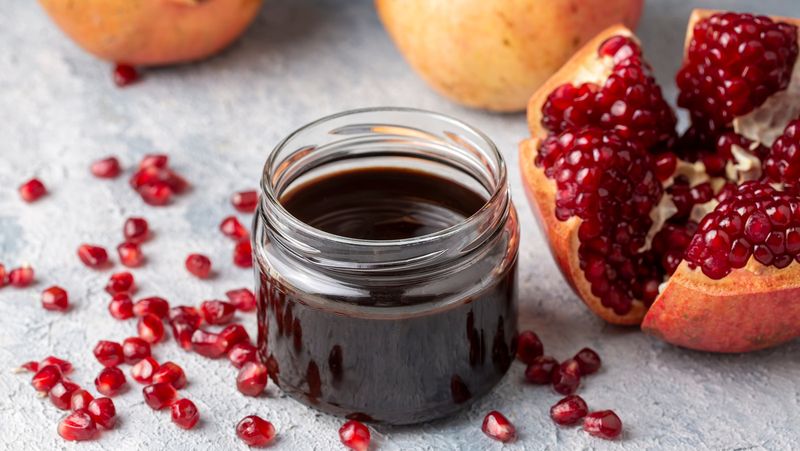
Pomegranate molasses offers a sweet and tangy kick to Middle Eastern dishes. Made from reduced pomegranate juice, its rich flavor elevates salads, stews, and desserts.
This thick syrup is a secret ingredient for creating depth and complexity in cooking. Its unique taste is unforgettable.
Did you know? Pomegranates are considered a symbol of fertility and prosperity in many cultures, adding an extra layer of meaning to this staple.
Sumac
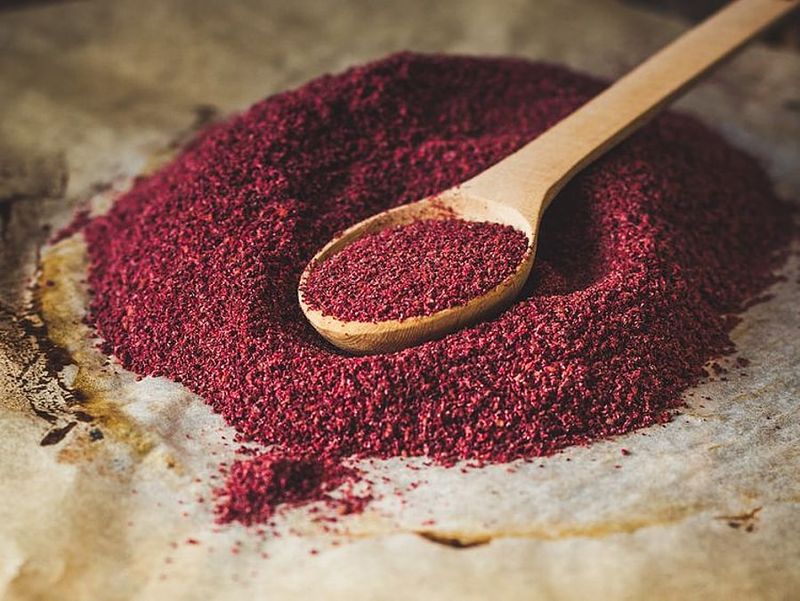
Sumac, with its vibrant, citrusy flavor, is a popular spice in Middle Eastern cuisine. It’s often used to add a zesty touch to salads, meats, and rice dishes.
This versatile spice not only enhances flavors but also adds a beautiful color to dishes. Its tartness is reminiscent of lemon, offering a unique taste experience.
Fun Fact: Sumac is derived from dried and ground berries, and it’s a staple in Lebanese and Turkish cooking.
Saffron
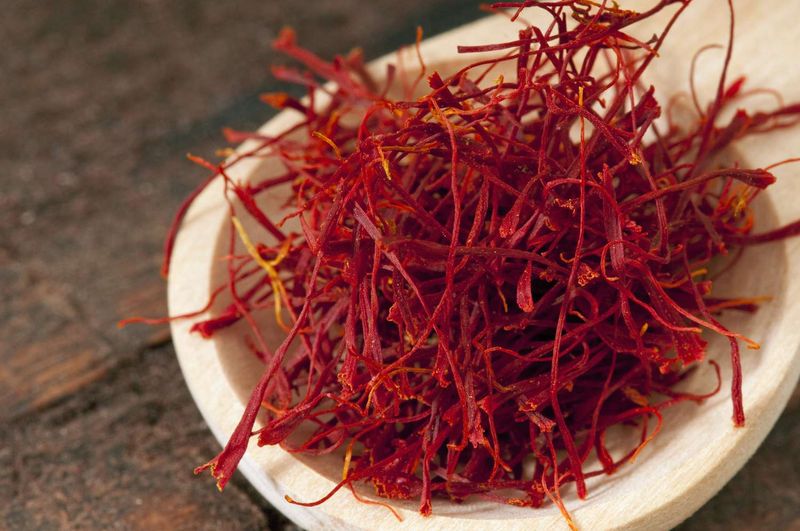
Saffron, known as the most expensive spice in the world, is cherished for its golden hue and delicate aroma. Just a pinch can transform a dish.
In Middle Eastern cuisine, saffron is often used in rice dishes, desserts, and teas. Its luxurious presence is undeniable.
Did you know? Saffron threads are hand-harvested from crocus flowers, requiring immense labor and care, which contributes to its high price.
Couscous
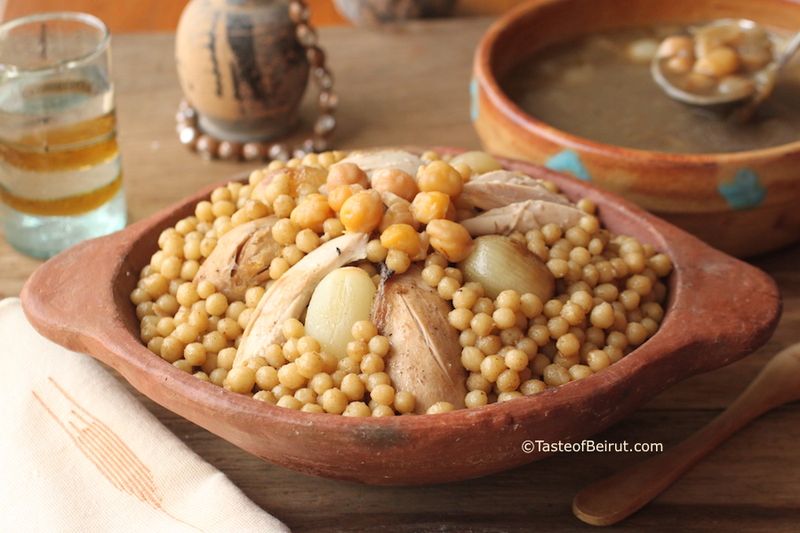
Couscous, a staple in North African and Middle Eastern cuisines, is a versatile grain that absorbs flavors beautifully. It’s often served with stews or as a side dish.
Easy to prepare, couscous offers a light and fluffy texture, making it a delightful addition to any meal. Its adaptability is unmatched.
Fun Fact: Couscous has been a dietary staple for over a thousand years, cherished for its nutritional value and ease of cooking.
Freekeh
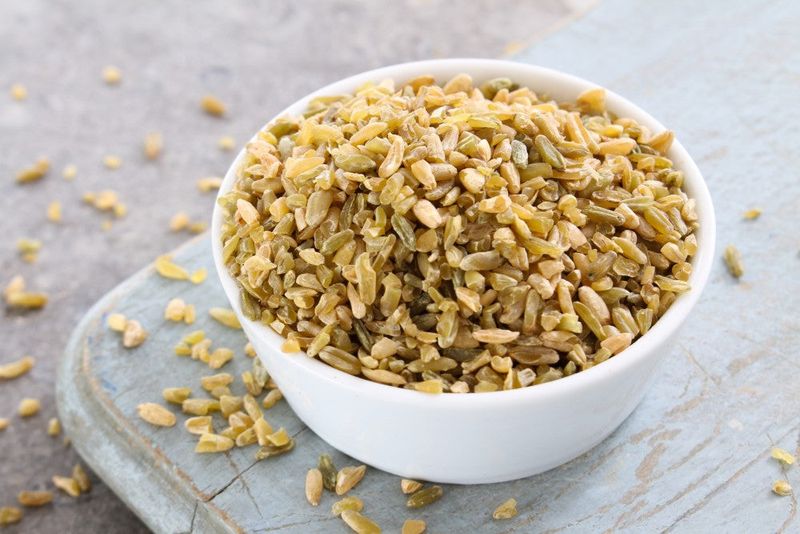
Freekeh, an ancient grain made from green wheat, is known for its smoky flavor and chewy texture. It’s a popular choice for pilafs and salads.
Rich in fiber and protein, freekeh offers a nutritious alternative to other grains. It’s a delightful way to explore traditional Middle Eastern flavors.
Did you know? Freekeh is harvested while the wheat is still young and green, giving it its unique taste and nutritional profile.
Labneh
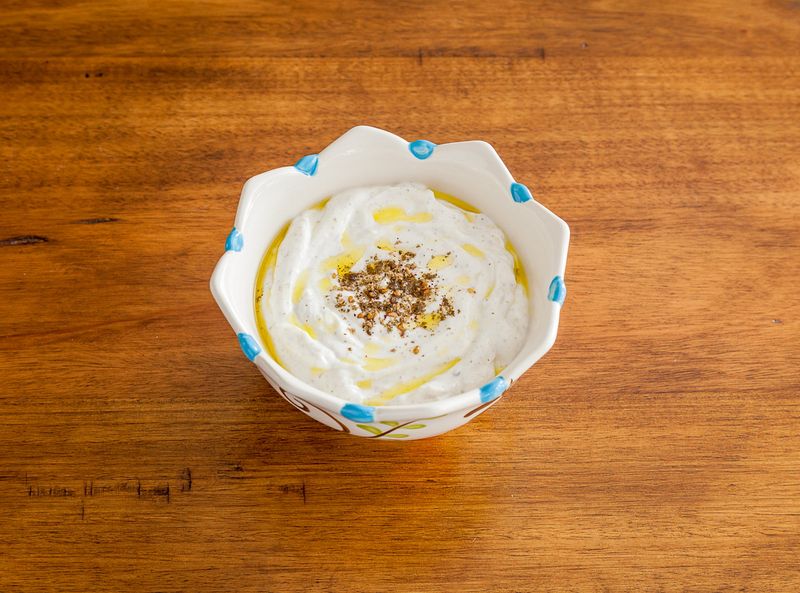
Labneh, a thick and creamy yogurt cheese, is a beloved staple in Middle Eastern cuisine. Its tangy flavor pairs wonderfully with olive oil and herbs.
Often enjoyed as a spread or dip, labneh’s rich texture makes it a favorite for breakfast or as a mezze. It’s refreshingly versatile.
Fun Fact: Labneh has been a part of Middle Eastern diets for centuries, offering a probiotic-rich source of nutrition.
Rose Water
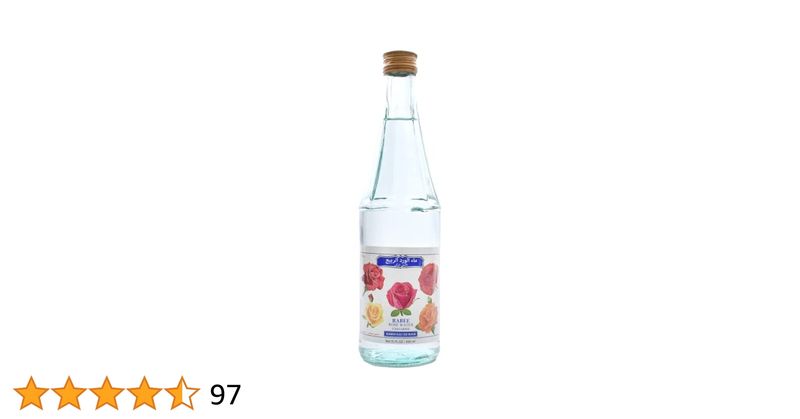
Rose water, with its fragrant floral notes, is a cherished ingredient in Middle Eastern desserts and beverages. It adds a touch of elegance.
A little goes a long way, enhancing the flavor of sweets and refreshing drinks. Rose water is a staple in creating delightful and aromatic culinary experiences.
Did you know? Rose water has been used for thousands of years, not only in cooking but also in beauty rituals across the Middle East.
Dried Apricots
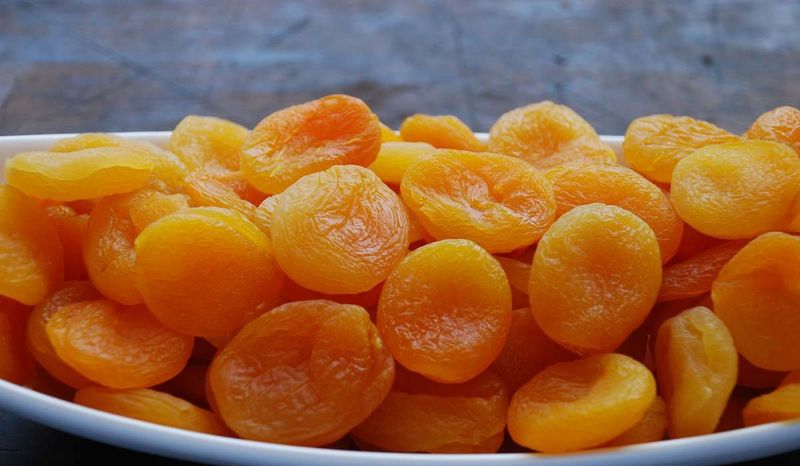
Dried apricots, with their natural sweetness and chewy texture, are a popular snack and ingredient in Middle Eastern cooking.
They’re often used in tagines, pilafs, and desserts, offering a burst of flavor and color. Their versatility makes them a beloved pantry item.
Fun Fact: Dried apricots are rich in vitamins and minerals, providing a healthy snack option that has been enjoyed for centuries.
Chickpeas

Chickpeas, also known as garbanzo beans, are a staple in Middle Eastern dishes like hummus and falafel. Their nutty flavor and firm texture are unmatched.
Rich in protein and fiber, chickpeas are a nutritious addition to salads, soups, and stews. They’re a pantry essential for plant-based cooking.
Did you know? Chickpeas have been cultivated for thousands of years, offering a sustainable source of nutrition across the globe.
Cardamom
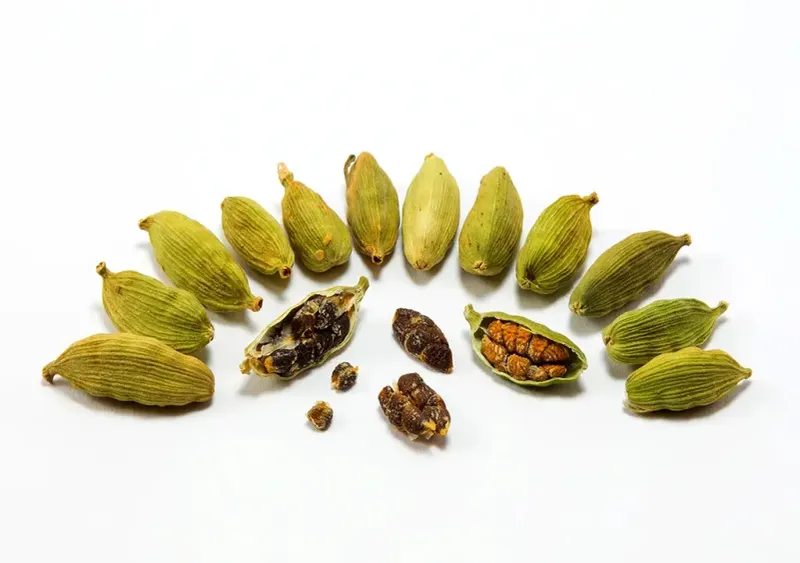
Cardamom, with its warm and aromatic flavor, is a beloved spice in Middle Eastern cuisine. It’s often used in coffees, teas, and desserts.
Its unique taste adds depth and complexity to savory and sweet dishes alike. Cardamom’s presence is both comforting and exotic.
Fun Fact: Known as the “Queen of Spices,” cardamom has been treasured for centuries and was once used as a form of currency.
Leave a comment